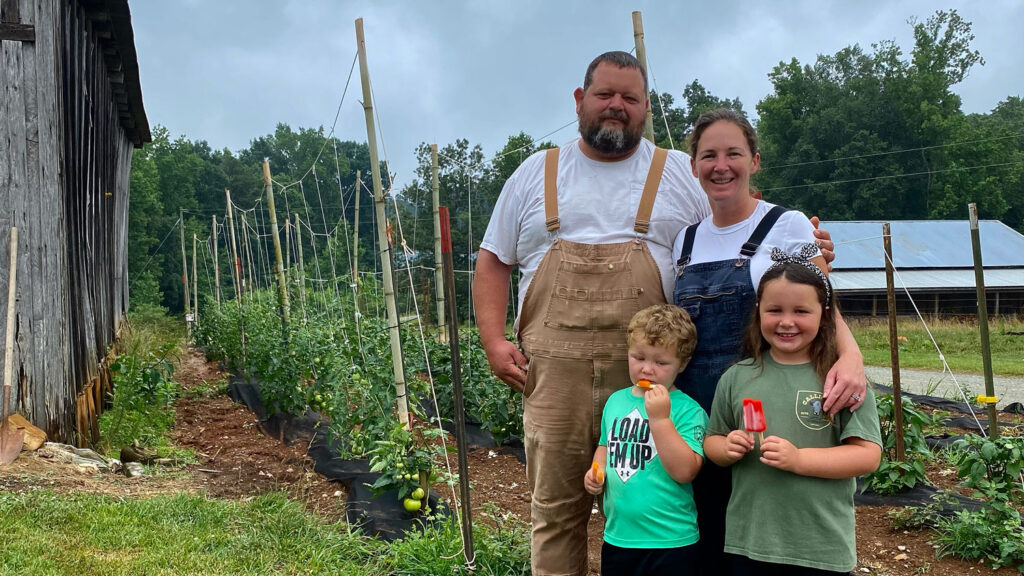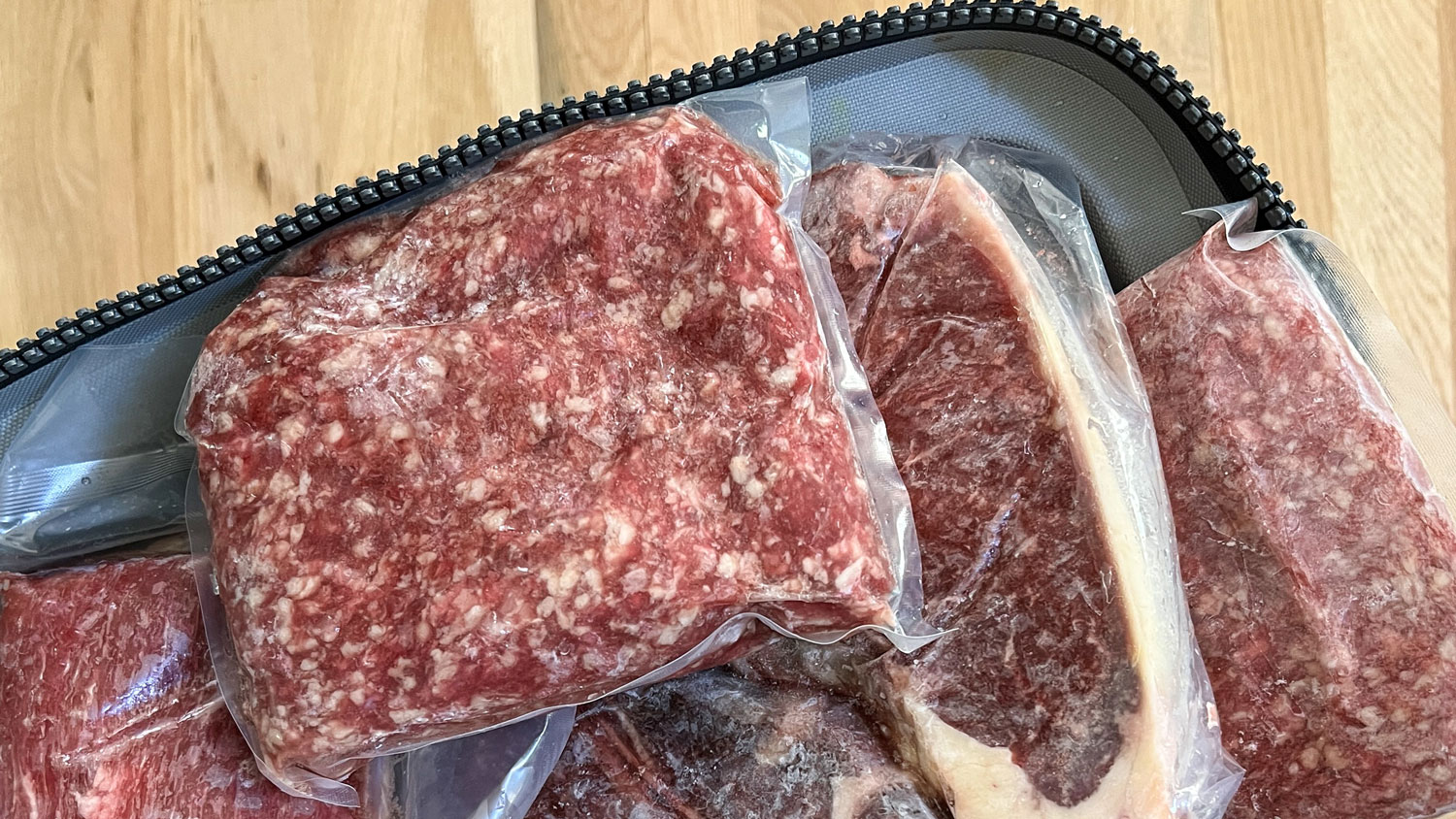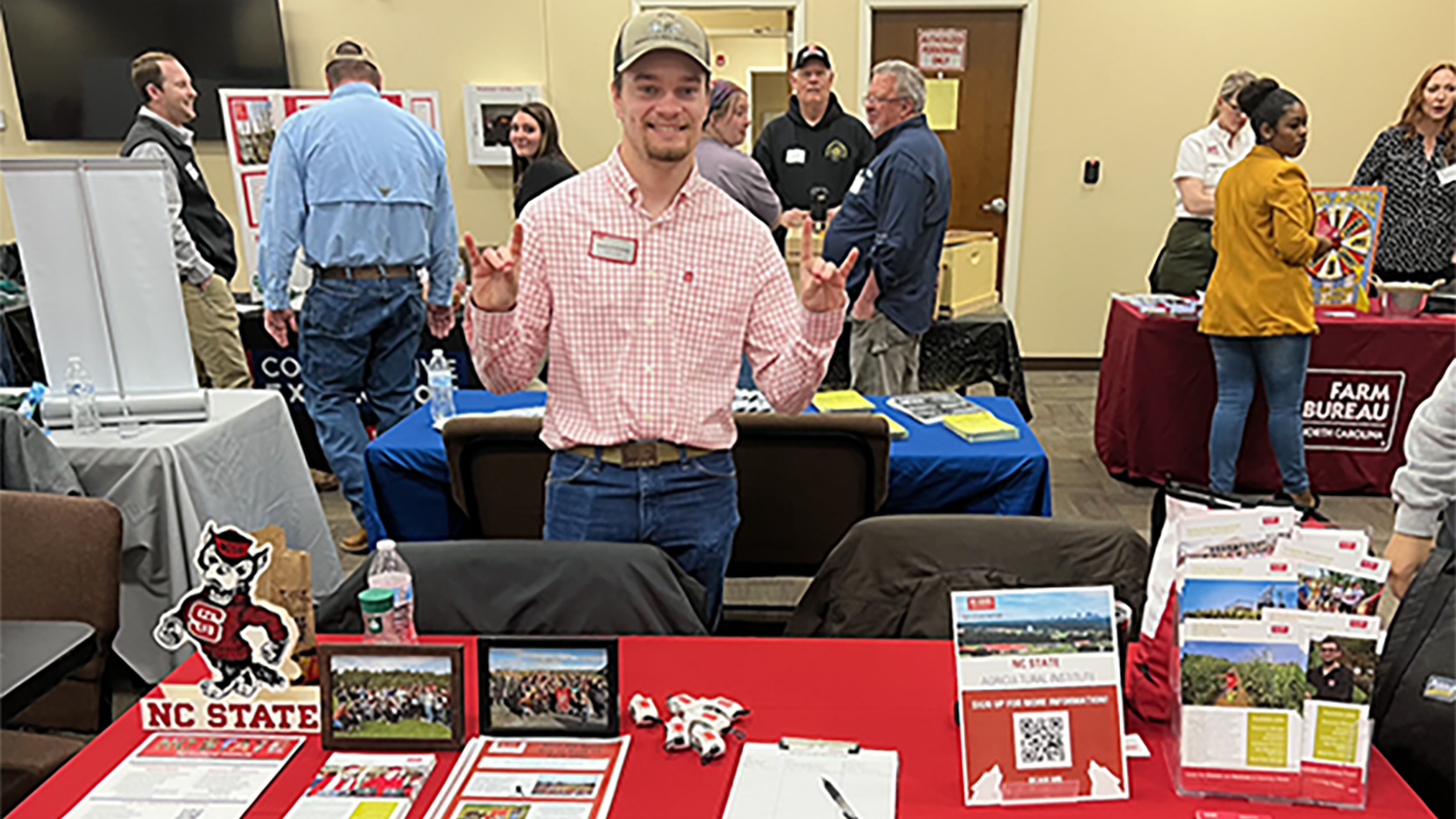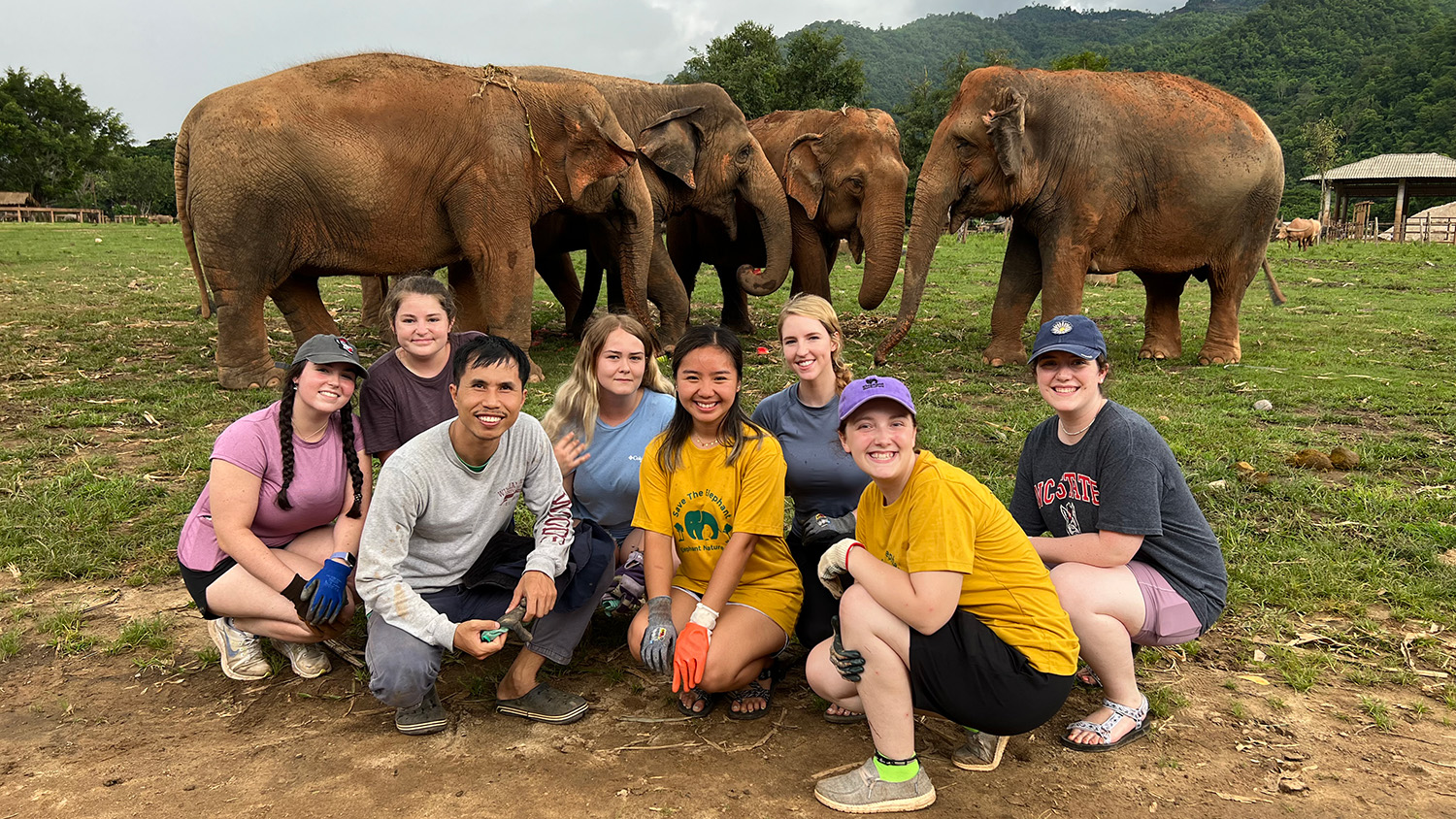Almost four years after its launch, a website called MeatSuite.com connects a growing number of consumers with North Carolina farms that sell local and pasture-raised meat. Research shows that buying in bulk can help consumers find high-quality meat and poultry that’s competitive with premium and natural brands at the supermarket. Buyers, in turn, learn more about where their food comes from and support local farmers.
For an update on the growth and upgrades to MeatSuite.com, we checked in with Lee Menius, technical program coordinator with NC Choices, which oversees MeatSuite.com. NC Choices, an initiative of the Center for Environmental Farming Systems in collaboration with NC Cooperative Extension, promotes sustainable food systems by advancing the local, niche and pasture-based meat supply chain in North Carolina.
Has MeatSuite.com grown since it went live in April 2020, early in the pandemic?
When it launched, we had around 110 to 120 farms signed up on the site during the first year. We’re currently at 302 farms in North Carolina with active profiles on MeatSuite.com. It’s been received well, and we’ve had a lot of people who have really gotten into marketing and selling directly to consumers.
There are a whole ton of urban customers out there who are looking to connect with farms in rural areas and to support those farms while finding food security for themselves.

The site itself looks a bit different than it did back in 2020. Have you made improvements?
We started with the way MeatSuite.com was originally designed and had operated in New York for 10 years with Cornell University prior to us bringing it to North Carolina. You’d go in as a consumer and search for beef or pork or chicken: Here’s my ZIP code, and I’m looking for farms within a certain distance. The default was 25 miles. We gave you a link to the farm, but you couldn’t see what they offered until you visited that farm’s page.
After about a year of experience, we rearranged our thinking to be more consumer friendly and did an overhaul of the website, which launched in the summer of 2022. And so now when consumers come to it, it’s more specific. Are you looking for beef? Are you looking for a half or a quarter? Are you looking for smaller bundles of packaged meat? Are you looking for pork or chicken or rabbit? Search results give you all the sources for those specific products, from closest to farthest away within the state.
For farmers, we’ve added a price calculator that allows them to go in and say, all right, I want to evaluate selling beef by the quarter and I want to evaluate selling beef at a farmers market. And you can plug in your production numbers and you can plug in your processing and transportation numbers. And you can account for your marketing time and effort and driving between markets and how quickly you sell stuff. The calculator gives farmers a final report they can then look at and say, oh, by taking a beef to the farmers market, I can sell it at these prices and sell one beef every four weeks.
Can you tell where the customers are coming from?
Yes, we can track patterns based on ZIP codes. When we look at the hits that we’ve gotten on the website itself and overlay those on a map, we see big dots for places where we’re getting lots of hits and little dots for those with a few. What has remained a constant is that when we do that, we can clearly see the outline of our interstate system in North Carolina.
There are big dots on I-40 from one end to the other, on I-77, along I-95, around I-85, as well as big dots on all our urban areas: Greensboro, Winston, Charlotte, Raleigh, Wilmington, Asheville, et cetera. It gives us a tool to help producers understand that your marketing options are not limited to putting a sign in the front yard and selling to neighbors. These customers are actively seeking out our farms and will travel to make those connections, which is really cool. These are your customers, even though they’re 50 or 100 miles away.

What helps farms succeed on MeatSuite.com?
When we talk about our direct marketing, part of your brand is your story as a farm, as a farm family, the history of the land, what you do. All that is part of what you market to these customers. They want to feel that connection. They want to feel they’re farming vicariously through you.
By looking at the search data on this site, we can now show farmers, look, this directly correlates. When you write a good description, even if your product’s priced a bit higher per pound, these are consumers who see value in locally produced meat and poultry, and you’re building value in your product.
What other kinds of support is available for farms selling through MeatSuite.com?
We offer workshops focused on greater overall opportunities in local meats through cattlemen’s and other groups. We focus less on the workshops now that a lot of our Extension agents are familiar with MeatSuite.com. They work with farmers and refer them to us, because we still do a fair amount of one-on-one support with people. We offer it when they sign up: If you need some help figuring out your pricing, let us know. We can take a little bit of time to help walk you through that. But we’re lucky that a lot of our livestock Extension agents have really bought into this and have been supporting this, helping farmers get on the site and get good profiles up.
In terms of marketing, we’ve made a big push over the last couple years since we updated the website and really tried to get out in front of consumers. We’ve been working on a social marketing campaign with Casey Roe Marketing out of Durham. The campaign includes short videos promoting the farms themselves, giving them exposure and tying in their social media accounts. We’ve done some giveaway campaigns and all, but really taking it through an educational lens of like, here’s how you use the site, here are the benefits of it. We work with Matt LaRoux at Cornell University in New York who developed this program and is a good friend and colleague of ours.
When I speak to cattlemen’s or commodity groups, a lot of producers relate to it. When we talk about preventing farmland loss in North Carolina, what’s more effective than having a profitable farm? When we can create opportunities that are economically beneficial for farmers, that’s a direct impact that other farmers and citizens see.
- Categories:



